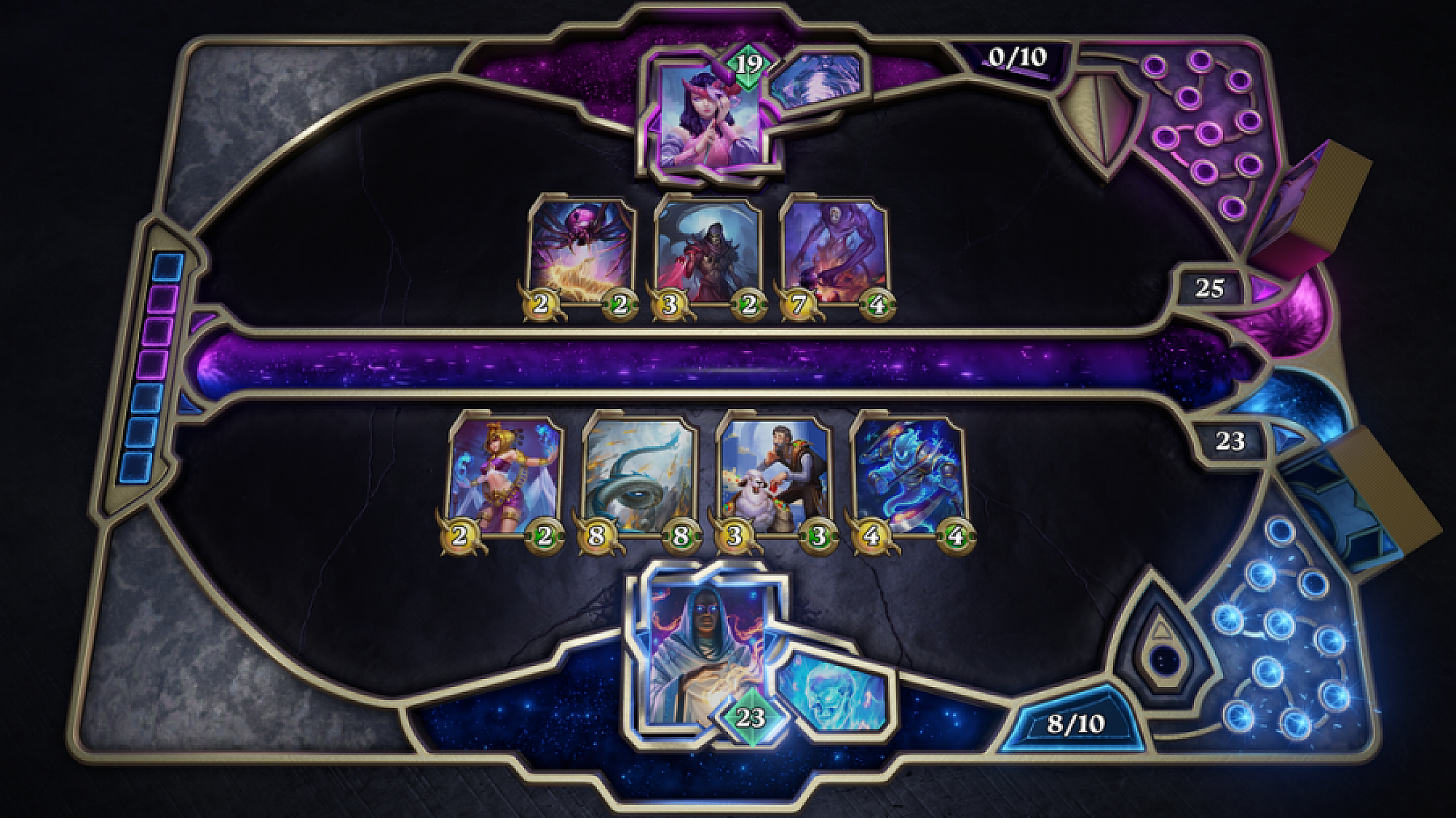You got yourself some NFTs. Now what?

This August, we’re talking about money: from alt assets, to crypto, to El*n M*sk. But to understand the hype, you must embrace the hype...
They appeared in our feeds one day, without warning. If you worked in marketing six months ago, your emails, slacks and zoom calls were suddenly overrun with three letters: ”NFT.” Non-fungible tokens. Digital art. Outlets from Bloomberg to CBS News made pains to explain them. Any digital content could be an NFT: a jpg, a video, an audio file, you name it, and unlike memes, which could be replicated infinitely, each NFT was completely, verifiably unique. Everyone wanted in. Some of us helped our clients create them, and it seemed like NFTs were posed for something big to happen, but what exactly?
Then the hype died down and it felt like NFTs fell off the map. The truth is that NFTs never went anywhere, they’ve been quietly mutating for a few months, spreading virally behind our backs. And as digital objects of value recorded on the blockchain, the same infrastructure that powers cryptocurrencies, NFTs represent a vital way in which new forms of money and capital are transforming culture, online and off.
In that light, here’s a quick primer from us on what to do with those NFTs you bought, or made yourself. NFTs can do more than ever, which means there’s more opportunities for brands to slide into the conversation. Here’s what you can do with NFTs:
1. Start a yacht club for cartoon apes.
The online platform Bored Ape Yacht Club bills itself as a “limited NFT collection where the token itself doubles as your membership to a swamp club for apes. The club is open! Ape with us.” Every ape portrait NFT is unique, and with its Gorillaz-esque visual style and clubby vibes, the yacht club seems ready to welcome all manner of streetwear junkies and Nigo-loving hypebeasts.

2. Knock Picasso off his perch.
Way back in the before times, art market supremacy was still the dominion of your big art guns—and your big auction houses. And while art market auctions have long felt crazily inflated, there was an underlying sense that each multi-million dollar price tag was at least somehow tied to art historical value in the more traditional sense. Picasso, Hirst and Koon got more because their works were...well, better, more important. Right?
Fast forward to 2021, when an artist named Beeple broke Picasso’s auction record with the $69 million dollar sale of an NFT in the form of a jpg image. And platforms like foundation have sprung up to encourage the next generation of digital artists to place their NFTs up for Ethereum bids. One thing that you can do on foundation you could never do with Picasso is have a Twitter bro-down with the artist: AlphaCentauriKid, one of foundation’s highest sellers, is known for his enthusiastic convos with his sellers on social media.

3. Turn a home video into a mountain of cash.
You don’t have to be a big player to strike it rich as an NFTer: Remember the brothers from the ultra-internet-famous “Charlie Bit Me” video? They’re college-age now, and will pay for university with the money they received from selling the video as an NFT.

4. Wheel and deal in real estate.
Think of Decentraland as next-generation SIMs, or a (slightly) more grown-up version of immersive worlds like Animal Crossing. Use an NFT to get your parcel of land, gloat over it like royalty, expand it like the greedy little imperialist you are, or flip it for profit. Or build a casino on it: in-world gambling has become so popular within Decentraland that now its casinos are offering real-world jobs. Yes, you too can rejoin the post-pandemic labor market as a virtual blackjack dealer.

5. Wield the godly might of divine heroes.
As covetable digital artworks, NFTs are natural allies with the world of card collecting and game playing, where Magic: The Gathering is the lingua franca. Maybe it's no surprise then that Gods Unchained, an online card game powered by NFTs, is “led by Chris Clay, the former game director of Magic: The Gathering Arena”. Gods Unchained boasts that its NFT platform allows players to “truly own” their cards and profit from them, creating a weird mutant hybrid of ancient Greek hero mythology and today’s freewheeling digital markets. Who doesn’t want the divine strength of supernatural beings in the palm of their hand, or at least, in their Ethereum wallet?




